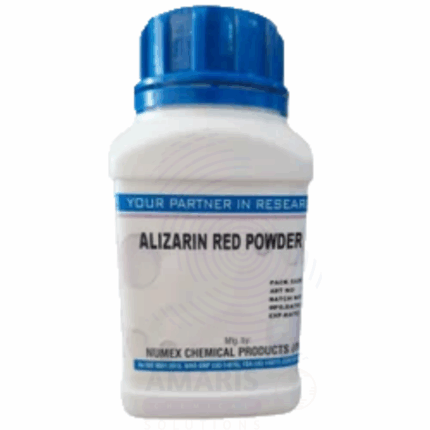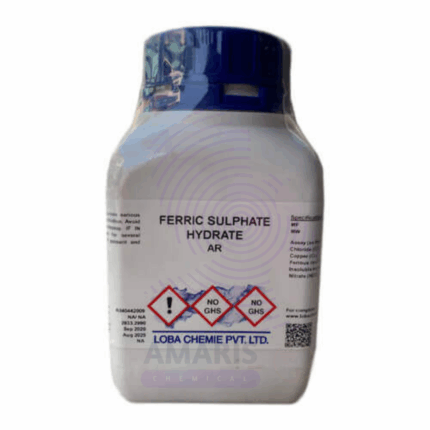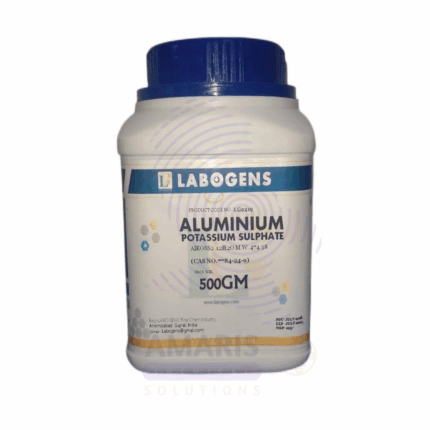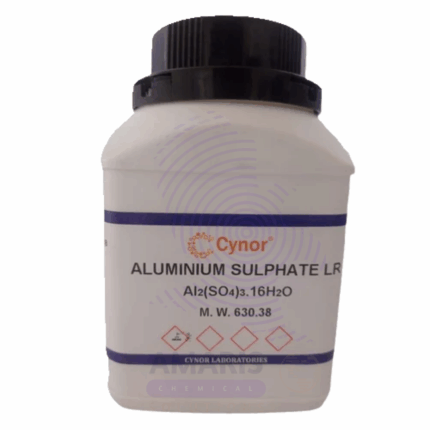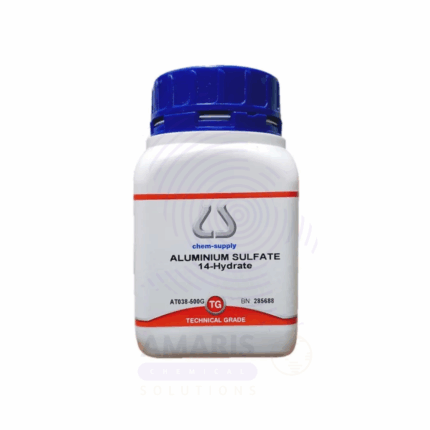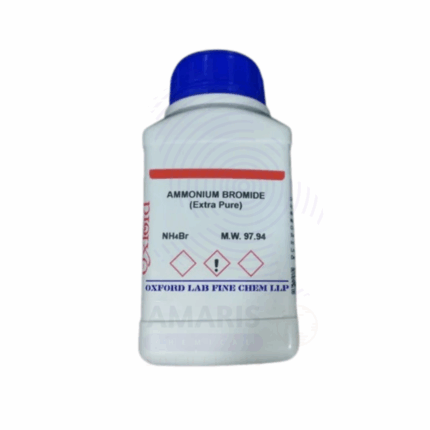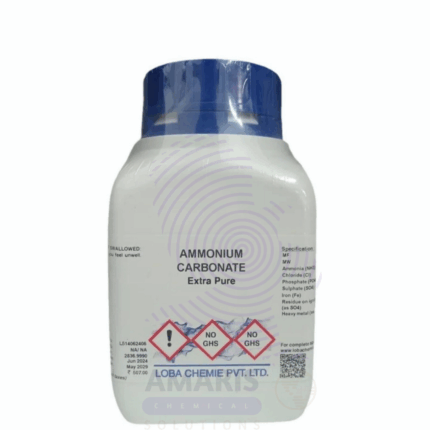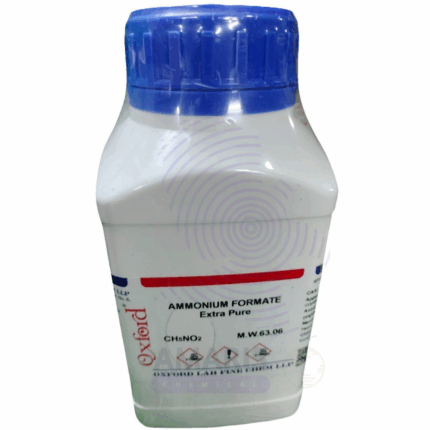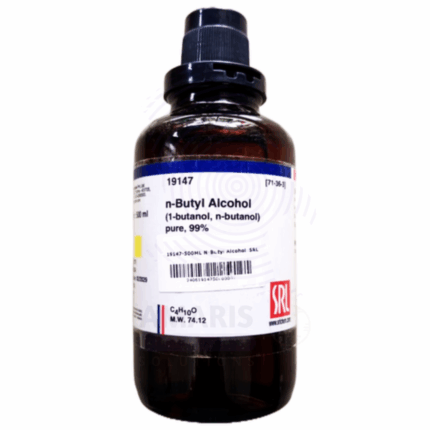
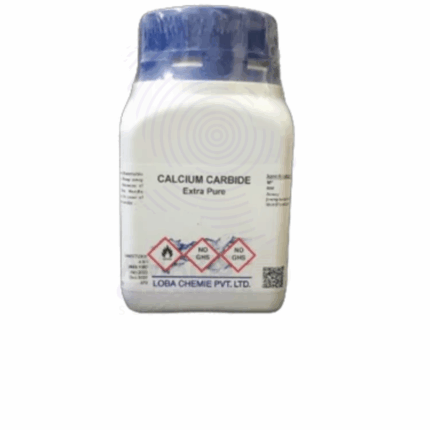
Calamus Oil Extra Pure
$ 18.00 Original price was: $ 18.00.$ 17.20Current price is: $ 17.20.
Calamus Oil Extra Pure is a high-purity essential oil extracted from the roots of Acorus calamus, valued in laboratory research for its complex composition of aromatic compounds, including asarone and other volatile constituents. In scientific studies, it is often used for phytochemical analysis, antimicrobial testing, and natural product chemistry. Researchers explore its potential bioactive properties, such as antioxidant, neuroprotective, and insecticidal effects. The extra pure grade ensures high consistency, low residue, and minimal contamination, making it suitable for analytical applications. It should be stored in amber glass containers, away from light and heat, to preserve its stability and aromatic integrity.
Calamus Oil Extra Pure
Primary Uses
- Phytochemical Analysis
- Studied for its essential oil profile, particularly via GC-MS (Gas Chromatography–Mass Spectrometry) to identify compounds like asarone and calamenene.
- Natural Product Research
- Used in screening for bioactive compounds with potential antimicrobial, antifungal, or antioxidant properties.
- Toxicological Studies
- Investigated for the presence of β-asarone, which has been associated with potential carcinogenic effects, making it a compound of interest in safety and toxicology testing.
- Standard Reference Material
- Utilized as a reference for quality control of herbal extracts, perfumes, and traditional medicine formulations.
Secondary Uses
- Teaching Aid in Natural Product Chemistry
- Used to illustrate extraction techniques, chromatographic separation, and bioassay testing in educational labs.
- Flavor and Fragrance Research
- Employed in studying aromatic compound behavior, especially for projects dealing with volatile oils or botanical extracts.
- Formulation Testing in Cosmetic/Pharma R&D
- Sometimes included in experimental formulations to test compatibility, stability, or efficacy of natural oils.
| PACK SIZE |
500ml |
|---|
1. Basic Identification Attributes
- Chemical Name: Calamus Oil
- CAS Number: 8013-80-1
- HS Code: 3301.29.90
- Botanical Source: Acorus calamus (rhizome)
- Main Constituents: β-asarone, α-asarone, calamene, eugenol, isoasarone
- Grade: Extra Pure (laboratory standard essential oil)
2. Physical & Chemical Properties
- Appearance: Yellow to light brown, oily liquid
- Odor: Warm, spicy, woody, and aromatic (similar to cinnamon)
- Solubility:
- Insoluble in water
- Soluble in ethanol, diethyl ether, and oils
- Boiling Point: Approx. 282 °C (varies with composition)
- Density: ~0.95–1.10 g/cm³
- Refractive Index: ~1.500 – 1.525
- Flash Point: ~88 °C
- Viscosity: Medium
3. Safety & Hazard Attributes
- GHS Classification:
- Skin Sensitizer (Category 1)
- Carcinogenicity (Category 2) – due to β-asarone content
- Hazard Statements:
- H317: May cause an allergic skin reaction
- H351: Suspected of causing cancer (from β-asarone)
- NFPA Ratings:
- Health: 2
- Flammability: 2
- Reactivity: 0
4. Storage & Handling Attributes
- Storage Conditions:
- Store in a cool, dark place in amber glass bottles
- Protect from light and air (oxidation risk)
- Handling Precautions:
- Avoid skin contact and inhalation of vapors
- Use gloves and proper ventilation or fume hood
- Packaging: Amber glass bottle with airtight cap
- Incompatibilities: Oxidizing agents, light, heat
5. Regulatory & Compliance Attributes
- Regulatory Status:
- Restricted in food and cosmetics due to β-asarone’s potential carcinogenicity
- Not intended for human consumption in lab-grade form
- Transport Classification:
- Not typically regulated under UN transport codes unless flammability threshold is exceeded
- Waste Disposal:
- Absorb with inert material and dispose via hazardous waste channel
6. Environmental & Health Impact
- Toxicity:
- β-asarone is hepatotoxic and potentially carcinogenic
- Avoid ingestion or prolonged dermal exposure
- Biodegradability:
- Partially biodegradable; requires regulated disposal
- Environmental Hazards:
- Harmful in aquatic environments in large amounts
SAFETY PRECAUTIONS
- Personal Protective Equipment (PPE):
- Use nitrile gloves, safety goggles, and a lab coat.
- Work in a well-ventilated area or under a fume hood to avoid inhaling vapors.
- Handling:
- Avoid contact with eyes and skin.
- Do not breathe vapors or mists.
- Handle with care as the oil may contain β-asarone, a potentially carcinogenic compound.
- Storage:
- Store in a cool, dry, and well-ventilated area.
- Keep container tightly closed and protected from light and heat.
- Store away from strong oxidizing agents.
- Incompatibilities:
- Strong oxidizers, acids, and alkalis.
FIRST AID MEASURES
- Inhalation:
- Remove to fresh air.
- Get medical attention if symptoms like coughing, dizziness, or respiratory discomfort occur.
- Skin Contact:
- Immediately wash with soap and water.
- Remove contaminated clothing.
- Seek medical advice if irritation or allergic reaction develops.
- Eye Contact:
- Rinse cautiously with water for at least 15 minutes.
- Seek medical attention.
- Ingestion:
- Do NOT induce vomiting.
- Rinse mouth.
- Call a poison center or physician immediately.
FIRE FIGHTING MEASURES
- Flammability:
- Flammable liquid and vapor.
- Extinguishing Media:
- Use foam, dry chemical, carbon dioxide (CO₂).
- Do not use water jets, as they may spread the fire.
- Hazardous Combustion Products:
- Carbon monoxide (CO), carbon dioxide (CO₂), acrid fumes.
- Firefighting Instructions:
- Wear full protective clothing and self-contained breathing apparatus (SCBA).
- Cool containers with water spray to prevent pressure build-up and explosion risk.
Related products
Alizarin Extra Pure
Aluminium Ferric Sulphate Extra Pure
Aluminium Potassium Sulphate Hydrated Extra Pure
Aluminium Sulphate Anhydrous Extra Pure
Aluminium Sulphate Hydrous Extra Pure
Ammonium Bromide Extra Pure
Ammonium Carbonate Extra Pure
Ammonium Carbonate Extra Pure is a high-quality, white crystalline solid widely used across various scientific, industrial, and food-related applications. Manufactured to stringent purity standards, this compound is ideal for laboratories and processes that demand high-grade reagents. With its characteristic ammonia-like odor and ability to decompose upon heating, ammonium carbonate plays a versatile role in both chemical reactions and physical processes.
In aqueous solution, ammonium carbonate breaks down into ammonium bicarbonate and ammonium carbamate, further releasing ammonia (NH₃) and carbon dioxide (CO₂) upon heating. This property makes it especially useful in applications that require controlled gas release or temporary pH modification.


 Preservatives(food)
Preservatives(food) Flavor Enhancers
Flavor Enhancers Acidulants
Acidulants Sweeteners
Sweeteners Antioxidants
Antioxidants Colorants(food)
Colorants(food) Nutraceutical Ingredients (food)
Nutraceutical Ingredients (food) Nutrient Supplements
Nutrient Supplements Emulsifiers
Emulsifiers
 Collectors
Collectors Dust Suppressants
Dust Suppressants Explosives and Blasting Agents
Explosives and Blasting Agents Flocculants and Coagulants
Flocculants and Coagulants Frothers
Frothers Leaching Agents
Leaching Agents pH Modifiers
pH Modifiers Precious Metal Extraction Agents
Precious Metal Extraction Agents
 Antioxidants(plastic)
Antioxidants(plastic) Colorants (Pigments, Dyes)
Colorants (Pigments, Dyes) Fillers and Reinforcements
Fillers and Reinforcements Flame Retardants
Flame Retardants Monomers
Monomers Plasticizers
Plasticizers Polymerization Initiators
Polymerization Initiators Stabilizers (UV, Heat)
Stabilizers (UV, Heat)
 Antifoaming Agents
Antifoaming Agents Chelating Agents
Chelating Agents Coagulants and Flocculants
Coagulants and Flocculants Corrosion Inhibitors
Corrosion Inhibitors Disinfectants and Biocides
Disinfectants and Biocides Oxidizing Agents
Oxidizing Agents pH Adjusters
pH Adjusters Scale Inhibitors( water)
Scale Inhibitors( water)
 Antioxidants(cosmetic)
Antioxidants(cosmetic) Emollients
Emollients Fragrances and Essential Oils
Fragrances and Essential Oils Humectants
Humectants Preservatives
Preservatives Surfactants(cosmetic)
Surfactants(cosmetic) Thickeners
Thickeners UV Filters
UV Filters
 Fertilizers
Fertilizers Soil Conditioners
Soil Conditioners Plant Growth Regulators
Plant Growth Regulators Animal Feed Additives
Animal Feed Additives Biostimulants
Biostimulants Pesticides (Herbicides, Insecticides, Fungicides)
Pesticides (Herbicides, Insecticides, Fungicides)
 Active Pharmaceutical Ingredients (APIs)
Active Pharmaceutical Ingredients (APIs) Excipients
Excipients Solvents(pharmaceutical)
Solvents(pharmaceutical) Antibiotics
Antibiotics Antiseptics and Disinfectants
Antiseptics and Disinfectants Vaccine Adjuvants
Vaccine Adjuvants Nutraceutical Ingredients (pharmaceutical)
Nutraceutical Ingredients (pharmaceutical) Analgesics & Antipyretics
Analgesics & Antipyretics
 Analytical Reagents
Analytical Reagents Solvents(lab)
Solvents(lab) Chromatography Chemicals
Chromatography Chemicals Spectroscopy Reagents
Spectroscopy Reagents microbiology-and-cell-culture-reagents
microbiology-and-cell-culture-reagents Molecular Biology Reagents
Molecular Biology Reagents Biochemical Reagents
Biochemical Reagents Inorganic and Organic Standards
Inorganic and Organic Standards Laboratory Safety Chemicals
Laboratory Safety Chemicals Specialty Laboratory Chemicals(Special Laboratory Equipment)
Specialty Laboratory Chemicals(Special Laboratory Equipment)
 Demulsifiers
Demulsifiers Hydraulic Fracturing Fluids
Hydraulic Fracturing Fluids Scale Inhibitors(oil)
Scale Inhibitors(oil) Surfactants(oil)
Surfactants(oil) Drilling Fluids
Drilling Fluids
 Dyes and Pigments
Dyes and Pigments Bleaching Agents
Bleaching Agents Softening Agents
Softening Agents Finishing Agents
Finishing Agents Antistatic Agents
Antistatic Agents
 Admixtures
Admixtures Waterproofing Agents
Waterproofing Agents Sealants and Adhesives
Sealants and Adhesives Curing Compounds
Curing Compounds Concrete Repair Chemicals
Concrete Repair Chemicals Anti-Corrosion Coatings
Anti-Corrosion Coatings
 Surfactants(cleaning)
Surfactants(cleaning) Builders
Builders Enzymes
Enzymes Solvents (Cleaning)
Solvents (Cleaning) Fragrances
Fragrances
 Electronic Chemicals
Electronic Chemicals Catalysts
Catalysts Lubricants
Lubricants Photographic Chemicals
Photographic Chemicals Refrigerants
Refrigerants Automotive chemicals
Automotive chemicals Pyrotechnic Chemicals
Pyrotechnic Chemicals
 Biodegradable Surfactants
Biodegradable Surfactants Bio-based Solvents
Bio-based Solvents Renewable Polymers
Renewable Polymers Carbon Capture Chemicals
Carbon Capture Chemicals Wastewater Treatment Chemicals
Wastewater Treatment Chemicals
 Pigments
Pigments Solvents(paint)
Solvents(paint) Specialty Coatings
Specialty Coatings Binders/Resins
Binders/Resins Additives
Additives Driers
Driers Anti-Corrosion Agents
Anti-Corrosion Agents Functional Coatings
Functional Coatings Application-Specific Coatings
Application-Specific Coatings
 Fresh Herbs
Fresh Herbs Ground Spices
Ground Spices Whole Spices
Whole Spices Spice Blends
Spice Blends Dried Herbs
Dried Herbs
 Leavening Agents
Leavening Agents Dough Conditioners
Dough Conditioners Flour Treatments
Flour Treatments Fat Replacers
Fat Replacers Decoratives
Decoratives Preservatives(baking)
Preservatives(baking)
 Plasticizers & Softeners
Plasticizers & Softeners Reinforcing Agents
Reinforcing Agents Adhesion Promoters
Adhesion Promoters Vulcanizing Agents
Vulcanizing Agents Antidegradants
Antidegradants Blowing Agents
Blowing Agents Fillers & Extenders
Fillers & Extenders Accelerators & Retarders
Accelerators & Retarders

